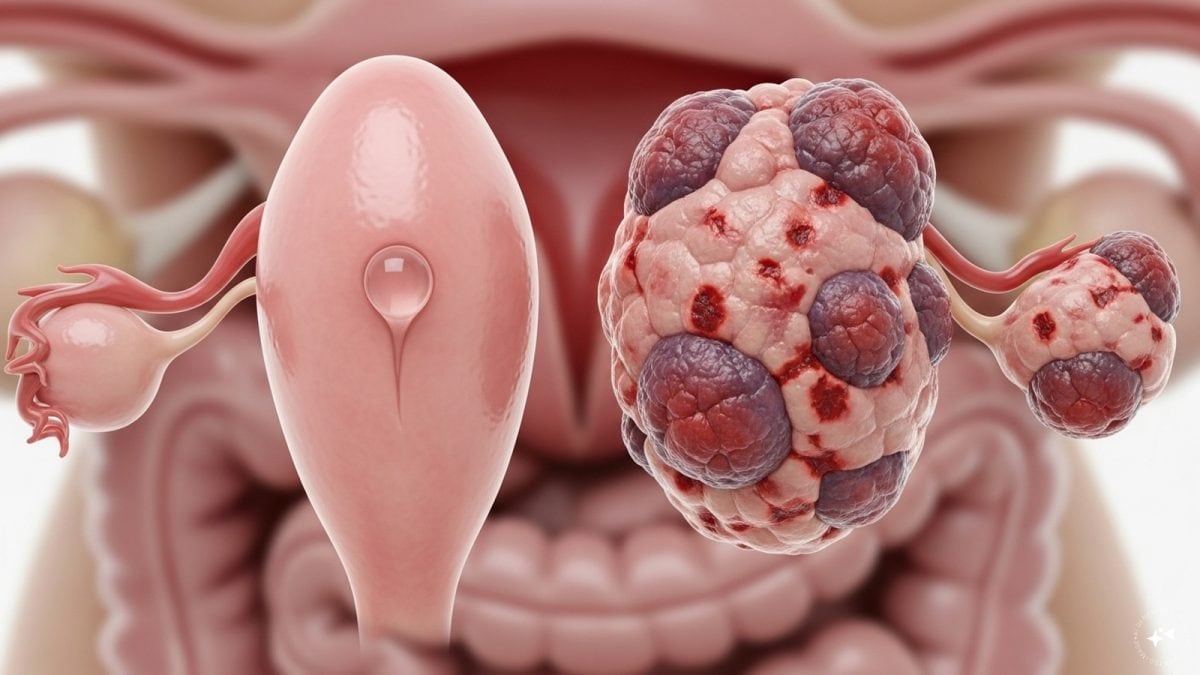We know that breast milk has lasting health benefits for babies. And yet, many women shy away from breastfeeding at public spaces like restaurants, offices or aeroplanes. The reason: the looming gaze of highly insensitive people. Plus, there are very few places that are well-suited for a mom and baby to sit down for a feed. Seeing this, actor and new mom Neha Dhupia launched the #freedomtofeed initiative right in the middle of World Breastfeeding Week from 1 -7 August, to fight the stigma around feeding in public. (Over the last two months, many new moms have posted photos with this hashtag.) [caption id=“attachment_7497511” align=“alignleft” width=“380”]  Representational image. Image source: Getty Images.[/caption] About 95% of Indian babies get breastmilk at some point, according to a 2018 UNICEF report. Despite this, there is little awareness around breastmilk in the country. Here’s what everyone should know about breastmilk and why it is so important that India support women breastfeeding in public:
What are the most important contents of breastmilk?
In addition to fats, proteins, carbohydrates, minerals and vitamins, breastmilk contains some elements which cannot be replicated.
- Leucocytes/white blood cells along with stem cells, which help in building immunity, organ development, and healing.
- Numerous proteins, vitamins and minerals that help in the growth and development of the baby and protect the neurons of the brain.
- More than 200 oligosaccharides (complex sugars) that act as prebiotics which help maintain “good bacteria” in the baby’s gut, which, in turn, help babies fight infections.
- Various enzymes which aid the baby’s digestion and immune system, as well as helping the baby in iron absorption.
- Colostrum (first milk) contains growth factors like epidermal growth factor and insulin-like growth factor-I (IGF-I) that are essential for stabilizing the gastrointestinal tract of the baby.
- Hormones leptin, adiponectin, IGF-I, ghrelin, obestatin and resistin help in regulating the baby’s appetite and sleep patterns. They even strengthen the bond between the mother and the child.
- Antibody (immunoglobulins) IgA protects the baby against illnesses and infections by counterbalancing bacteria and viruses.
Stages of lactation
There are 3 stages of lactation:
- Colostrum: Breastmilk produced in this stage is rich in components that improve the baby’s immunity. Including secretory IgA, lactoferrin, leukocytes, as well as developmental factors such as epidermal growth factor. During early lactation, the protein content in human milk ranges from 1.4–1.6 grams/100 millilitres (ml).
- Transitional milk: The milk production is ramped up at this stage, to support the nutritional and developmental needs of the rapidly growing infant. It occurs from five days to two weeks postpartum (after giving birth). The protein content in this milk ranges from 0.8–1.0 grams/100 ml.
- Mature milk: Four to six weeks after delivery, human milk matures completely. It comprises foremilk and hindmilk.
What are foremilk and hindmilk?
- Foremilk is the milk that is expressed first during each feeding session. It is thin in consistency and rich in lactose. It satisfies the baby’s thirst.
- Hindmilk comes after foremilk and is creamier, with a much higher content of fat to meet the baby’s needs.
Benefits of breastfeeding for mother and infant
Research shows that breastfeeding is not only healthy for the baby but for the mother as well. Though rare, some non-lactating mothers have been known to develop premenopausal breast cancer, ovarian cancer, type 2 diabetes, myocardial infarction, and metabolic syndrome. Non-breastfeeding moms are also more likely to retain the weight that they gained during pregnancy. Evidence from clinics across the globe also shows that infants who are not fed on breastmilk are more likely to get infectious diseases like otitis media (ear infection), gastroenteritis (stomach infection), and pneumonia. Elevated risks of sudden infant death syndrome (SIDS), childhood obesity, type 1 and 2 diabetes, and leukaemia have also been reported in infants who don’t get breastmilk. Studies show that breastfed infants have a 36% lower risk of SIDS. Health articles in Firstpost are written by myUpchar.com, India’s first and biggest resource for verified medical information. At myUpchar, researchers and journalists work with doctors to bring you information on all things health. For tips on how news moms can increase their production of breastmilk, please read our article here_._


)

)
)
)
)
)
)
)
)



